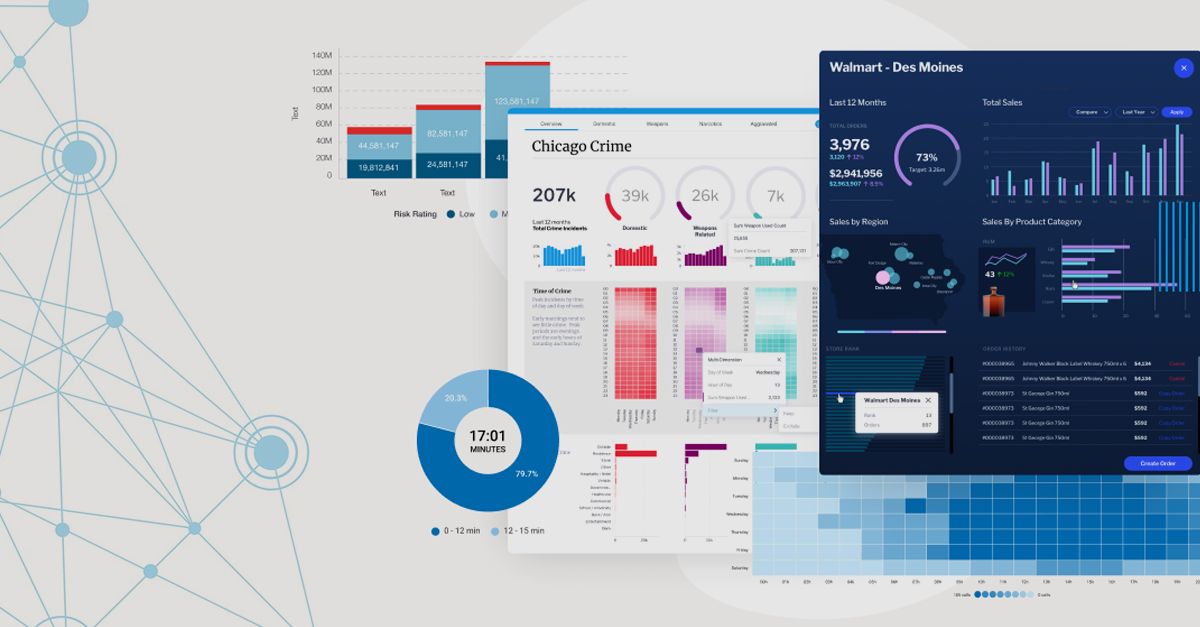
Every industry is set to achieve excellence through automation, whether in the construction or finance sector. Business automation plays a crucial role in efficiency and accuracy. As a matter of fact, the EHS industry has also proven that it has escalated safety by adopting automation processes.
With Microsoft’s Power Automate Tool, a business’s growth and expansion are seamless tasks. This online tool automates workflows across the organization’s apps, software, and services.
So let’s dig deeper into power platforms’ power for business process automation (BPA).
What Does Power Platform Do?
A Microsoft Power Platform does things more than you can imagine. It merges with your business processes and automates, regulates, and generates immaculate workflows. It also provides business insights for better decision-making. But let us put the spotlight on the Power platform for BPA.
Power Automate is an online tool that;
You can do all the above and more without worrying about coding skills!
The low-code application allows you to create workflows as per your organization. These can be customized according to your business’s scalability and flexibility.
Some examples of workflows are;
The Benefits
There are endless possibilities once you unleash the power of power automation. There will be a noticeable change in productivity and streamlining processes. We list some of the best
benefits of Power Automate while ensuring that the list can be tremendously lengthy.

Streamline Small and Big Tasks
Build custom workflows or use existing templates to align your tasks. Your Power BI tool ensures you do not miss a deadline and keeps you in the loop with all your planned activities.
Increased Productivity
All easy, complex, and out-of-the-box workflows are created by this powerful tool. There are no more missing deadlines, active customers, or critical tasks. This means increased and optimized productivity.
Easy Integration
Integrate Power Apps, Sharepoint, Power Automate, and other internal and external business apps through connectors. The connectors such as DropBox, Slack, Microsoft 365, Mail Chimp, and many more allow seamless connecting platforms to create workflows. You can even create custom connectors by describing APIs to the app you want to connect to.
Power Automate provides a process advisor to guide you in simplifying the workflows. This helps you streamline workflows, save time and work more efficiently.
Sectors That Benefit From Power Automate
Most industries have implemented Power platforms and benefitted from there. Here are a few examples;
Healthcare Sector
Every detail is processed in the workflow, from the patient entering the hospital to their exit. Once the preliminary information is filled in, the system recognizes the workflow and generates the tasks accordingly. Similarly, Power tools help different departments of the health sector to carry on their work efficiently and reduce paperwork significantly.
Construction Industry
This is a sector wherein power tools have proved their worth. From handling machinery, generating bills, and ERP solutions to project planning, all workflows are created as per requirements. Then the concerned employees can administer and follow them for continuous and agile processes.
Oil and Gas Industry
The integration of power platforms has resulted in expedited processes and positive operational efficiency for the oil and gas industry. They must be extra vigilant in their operations, and every step has to be documented. Therefore, power platforms help them by dealing with data in real-time and getting accurate results.
Finance Industry
This industry needs to remain error-free for known reasons. But with the ever-changing market, it gets difficult to stay up-to-date with the different processes. Therefore the implementation of Power platforms to generate automated workflows has minimized human errors to a great extent. Additionally, they save on costs as they do not need to implement different software for use.
Many other industries, such as manufacturing, safety, tech, etc, have also noticed greater productivity, cost-savings, time savings, and regulated processes by implementing power platforms.
To Sum It All Up.
Power Platforms enable businesses and individuals to automate their workflows, increase productivity, and save time. It allows users to create and customize workflows easily, integrating with hundreds of applications and services, including Microsoft’s suite of tools like Office 365, SharePoint, and Dynamics 365.
With Power Automate, users can automate routine tasks like data entry, approvals, and notifications. It also helps streamline processes, increase efficiency, and reduce errors, resulting in business cost savings.
In conclusion, Power Platforms are an excellent tool for automating workflows and improving productivity. Its flexibility and versatility make it an ideal solution for businesses of all sizes and industries.



